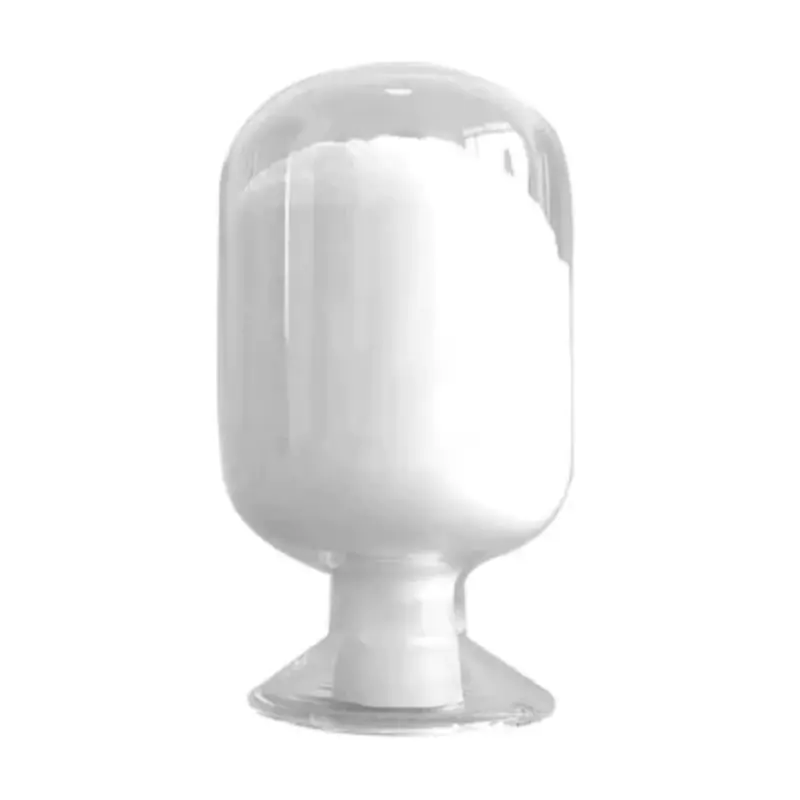What is Polyester Raw Material?
2024-11-12
Introduction
Polyester is one of the most widely used synthetic fibers in the world, found in everything from clothing and home textiles to industrial applications. But what exactly is polyester raw material, and how is it made? In this blog, we’ll explore the composition of polyester, the raw materials used to produce it, and why it remains a staple in modern manufacturing.

What is Polyester?
Polyester is a type of polymer primarily composed of a compound called polyethylene terephthalate, or PET. PET is made from petroleum-based raw materials, primarily ethylene glycol and terephthalic acid. Through a chemical process, these two compounds are combined to form long chains of polyester fibers.
The Production Process: How Polyester is Made
1. Polymerization: The production of polyester starts with a process called polymerization, where ethylene glycol and terephthalic acid are heated together to create PET.
2. Melt Spinning: The polymer is melted and extruded through tiny holes to create fibers. These fibers are then cooled, solidified, and wound onto spools.
3. Drawing and Finishing: The fibers are drawn out to increase their strength and durability. They may also undergo various finishing processes to improve their feel and appearance.
Sources of Polyester Raw Material
- Petroleum: Traditional polyester is derived from crude oil, which is processed to obtain ethylene glycol and terephthalic acid.
- Recycled Sources: In recent years, there has been a rise in recycled polyester (rPET), made from recycled plastic bottles, reducing the demand for virgin petroleum.
Advantages of Polyester as a Raw Material
1. Strength and Durability: Polyester is highly resistant to shrinking, stretching, and abrasion, making it ideal for both textile and industrial applications.
2. Cost-Effectiveness: Polyester is cheaper to produce than many natural fibers, allowing manufacturers to create affordable, high-quality products.
3. Versatility: Polyester can be blended with other fibers, dyed easily, and engineered for various textures and finishes, offering immense flexibility in product design.
Environmental Considerations
While polyester offers many benefits, it is derived from non-renewable resources, making sustainability a concern. The rise of recycled polyester is one way manufacturers are addressing these environmental impacts, as it reduces reliance on new petroleum and keeps plastic out of landfills.
Conclusion
Polyester raw material is the backbone of countless products we use every day, valued for its strength, versatility, and affordability. Understanding the composition and production process of polyester helps shed light on why this synthetic fiber remains so essential across industries. With ongoing advancements in recycling and sustainable practices, polyester is set to remain a key player in modern manufacturing.


